Check, Please? Guidelines for Documentation of Student Work
Submitted by Liz Eagan on Apr 02, 2015
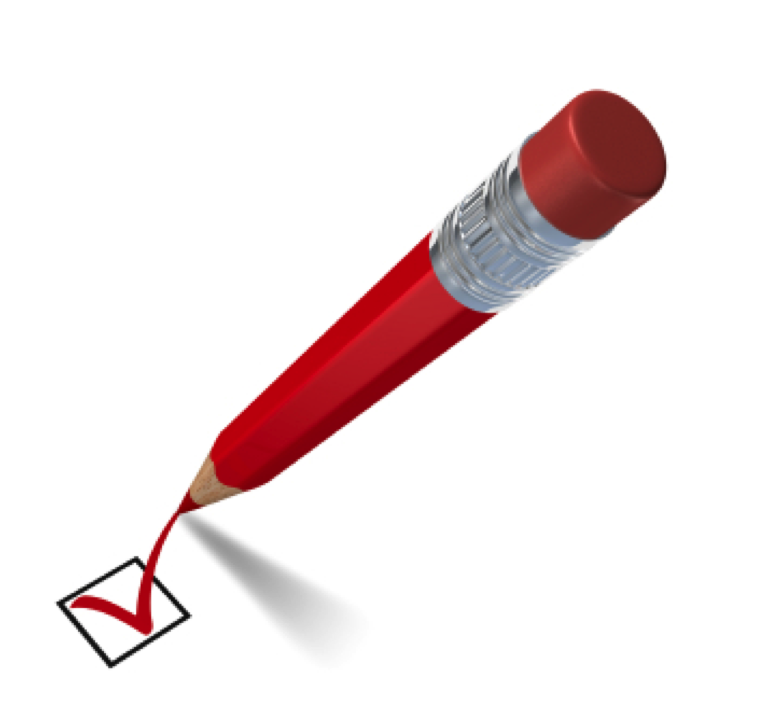
Look Familiar?
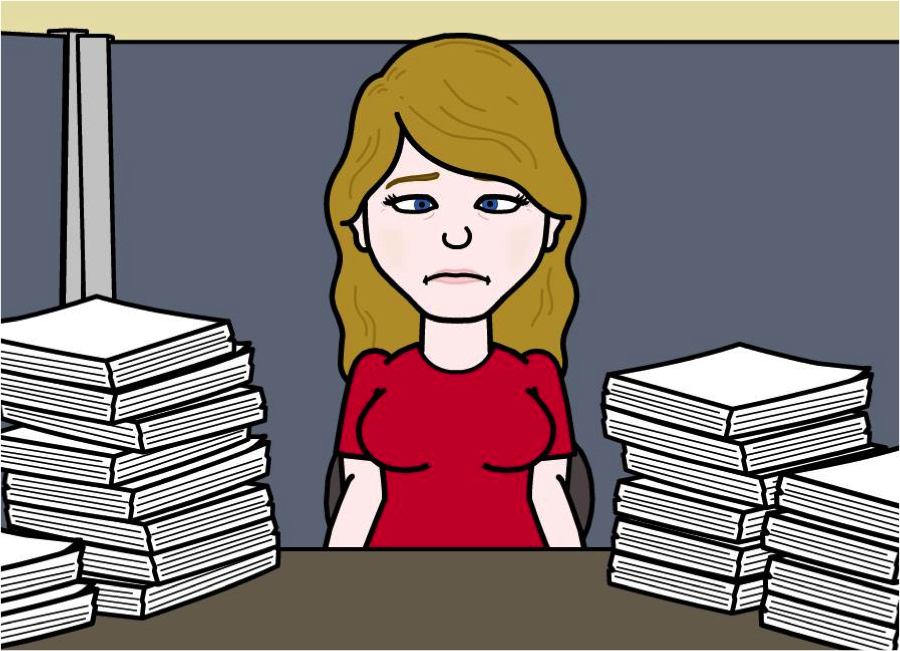
Why Document?
-
Chart student progress
-
Record contact with parents/teachers/service providers
-
Accurate IEP objective updating/progress reports
-
Tweak lessons to focus on weakness while expanding on student strengths
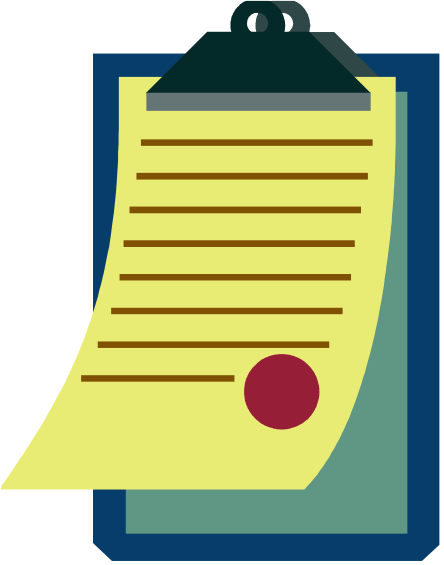
Where to Start?
-
Determine what you want to document
-
Find a form
-
Form not perfect? Adapt it!
-
No form? Make one!
What I Document
-
Contacts from parents/service providers (school district and agency)
-
Student progress (IEP)
-
Student behaviors, as appropriate
-
Observations of student in classrooms
-
Technology use
-
Accommodations used/not used
-
Teacher consults/feedback
IEP Behaviors
-
Whether you’re using percents or fractions, objectives need to be tracked!
-
Some teachers use a grade book (paper or electronic), others use data collection sheets
-
Find a method that will work for you…
"I’ve got this objective, but I don’t know how to document it…"
-
Try a tally sheet type form
-
Easy to utilize and keep up with
-
Adapt an existing form to meet your needs OR create your own!
-
Try using a voice recorder to record your data to put to paper later
IEP Objective Data Collection Example
Completed Data Collection Example
Behavior
- Behavior happens
- We need to document the behavior during the VI sessions to provide continuity in data collection/implementation of a behavior plan
Objectives
-
to verify the FVE/LMA recommendations are effective
-
the teacher is utilizing said recommendations
-
the student is on task & prepared
-
student using the technology appropriately
-
the student an active part of the class
-
etc
Assessment
-
FVE/LMA
-
Technology
-
ECC
Using forms to help document your assessment helps you to not overlook anything and helps to organize your thoughts/write less
Collaboration
-
Observations complete
-
Evaluations complete
-
Time to discuss the student’s needs
-
Assist the teacher in lesson planning (i.e. unit on Texas…ensure teacher has the tactile graphics/enlargements needed)meet with other service providers
Recommendations
-
We evaluate. We report to the ARD committee. We then provide services, right?
-
The recommendations are often overlooked and not provided.
-
Simplify them.
Record Keeping
-
Information pertaining to the caseload/student
-
District information
-
Scheduling/lesson plans
-
Student attendance
Making Your Own Forms
-
You’ve looked and nothing meets your needs…not even to adapt.
-
Determine what it is you want in the form (behaviors, objectives, etc.)
-
Do you want the form to be a checklist or comments?
-
Sketch it out on paper (easier to make corrections).
-
Open up a Word or Excel document and create it!
-
Keep it simple.
There's An App for That
-
Super Duper Data Tracker
Closing Thoughts...
-
Document…just do it!
-
Documentation helps verify what you do on a daily basis.
-
Documentation helps when you have ARDs that might be contentious.
-
Documentation helps when others pick up where you’ve left off when changing teachers/districts.
-
It’s the smart thing to do.
-
Keep your documentation.
Resources
- Leon-Guerro, R and others, 2011. Show me the Data! Data-Based Instructional Decisions Made Simple and Easy. AAPC Publishing, Shawnee Mission, KS.
- Olmstead, Jean E, 2008. Itinerant Teaching: Tricks of the Trade for Teachers of Blind and Visually Impaired Students. American Foundation for the Blind, New York.
- “Teacher’s Book of Forms”. Remedia Publications, 2000
- 2007. Evals – Evaluating Visually Impaired Students. Texas School for the Blind and Visually Impaired, Austin.



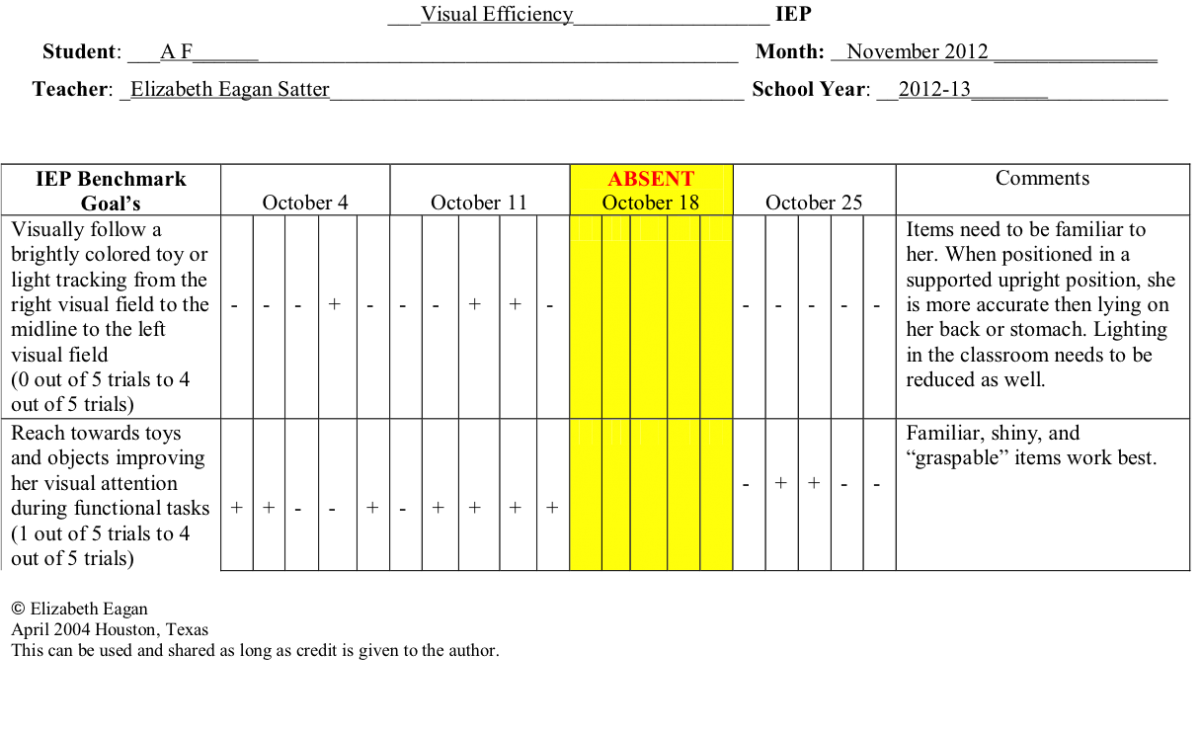


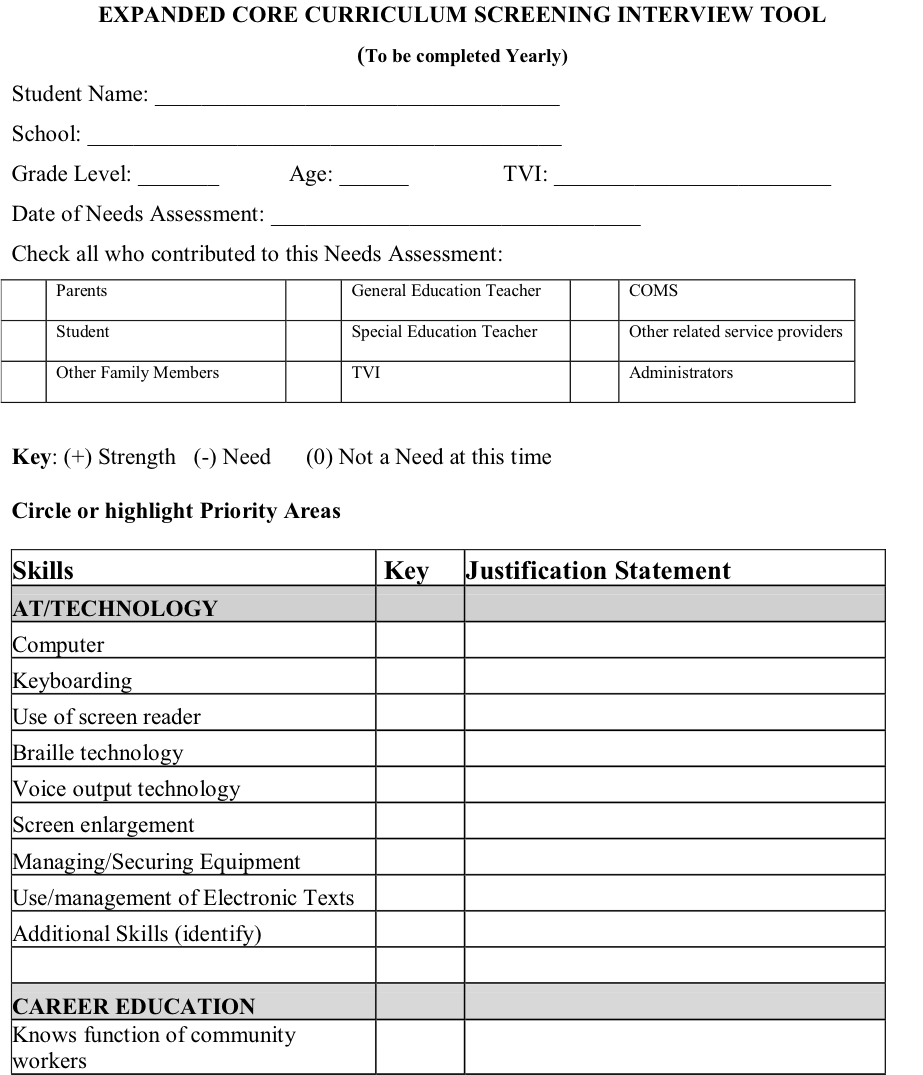


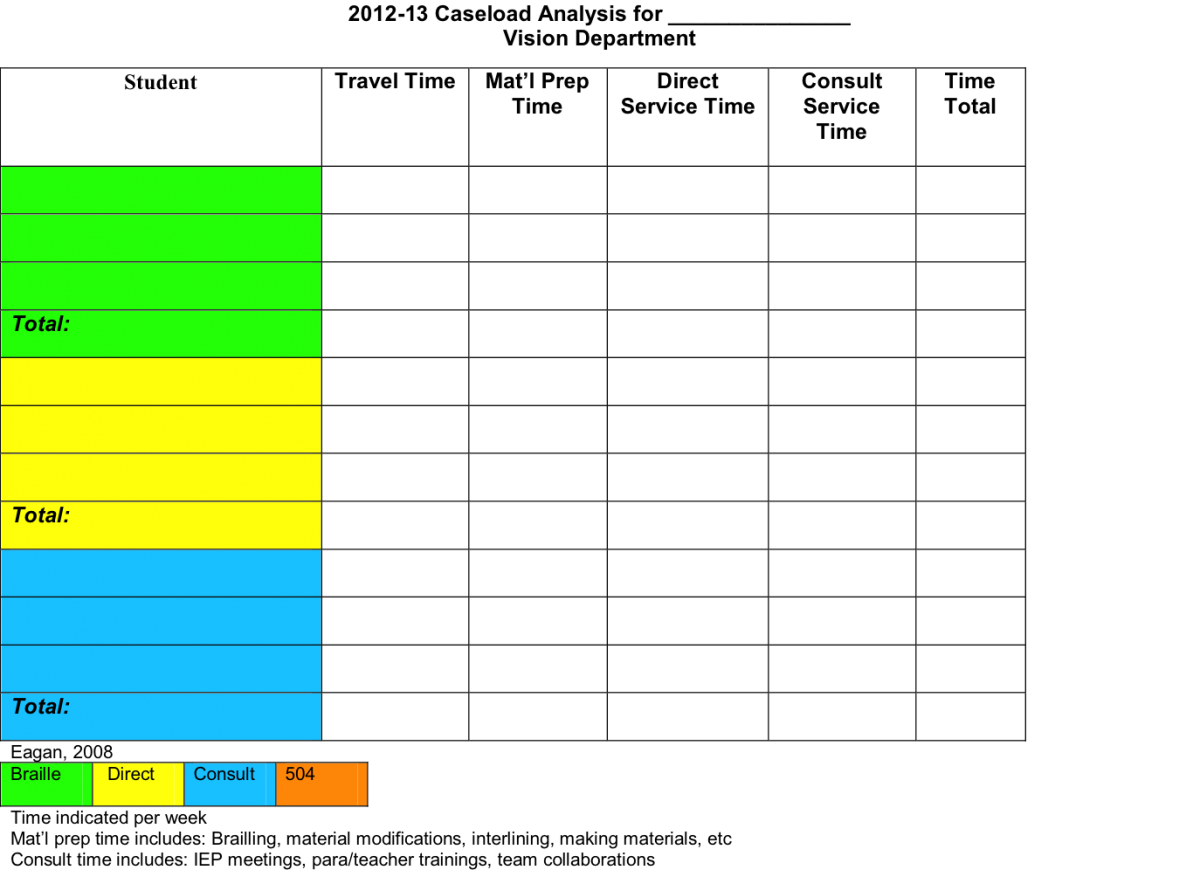
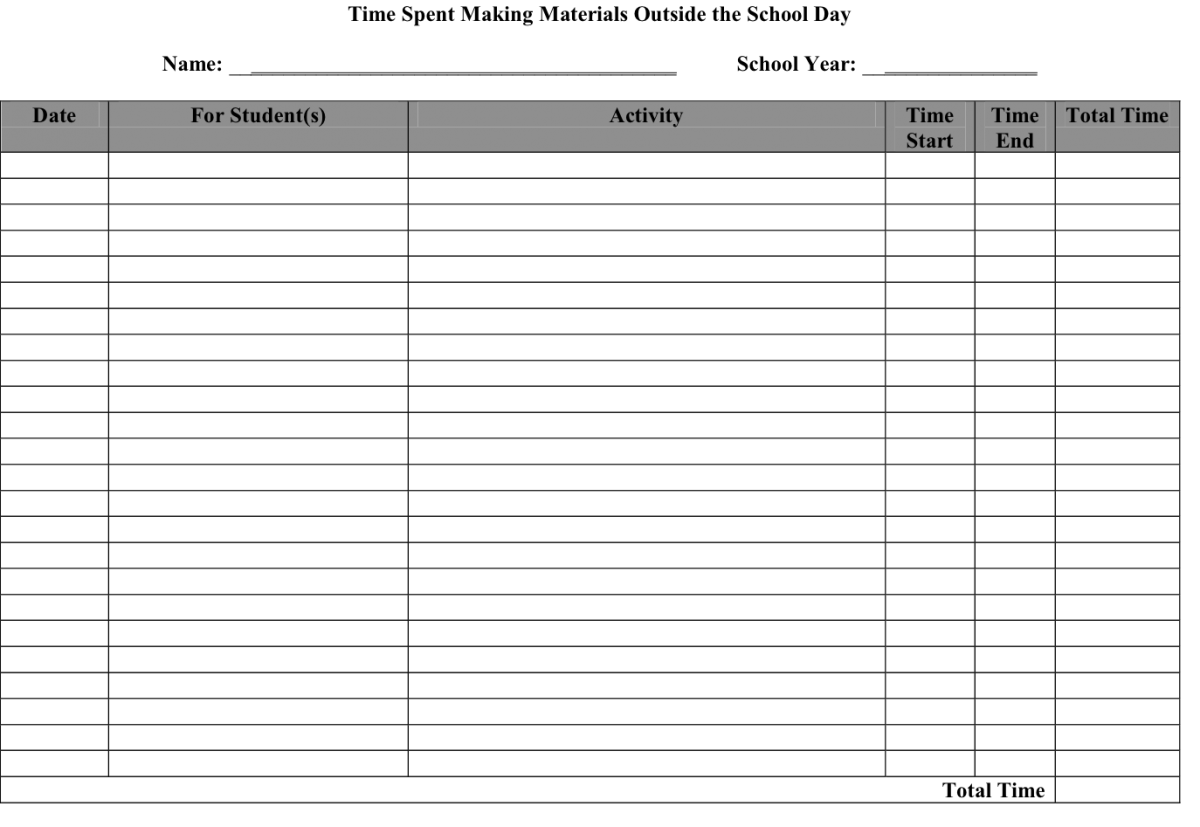
Comments
Amazing!
Please do!